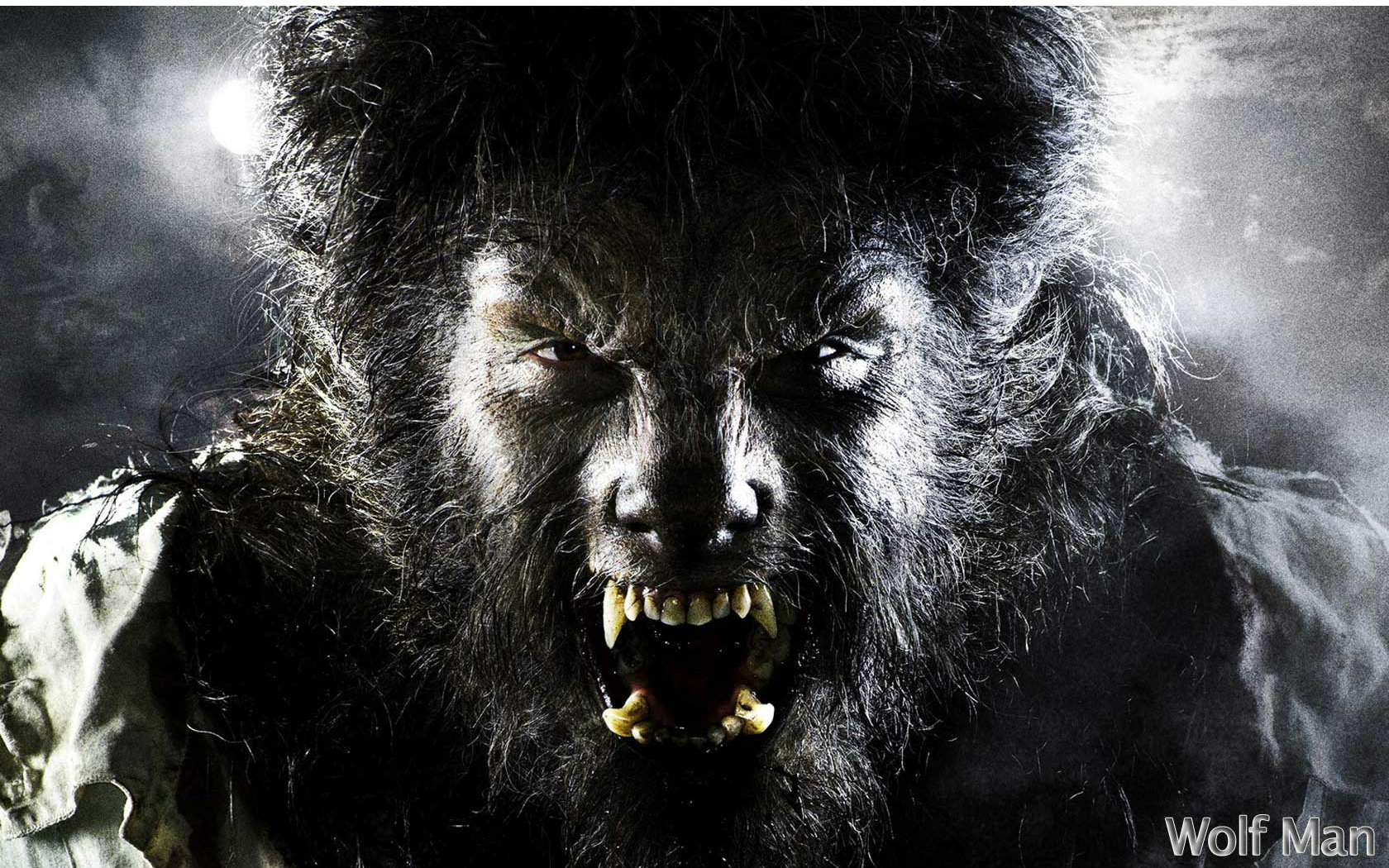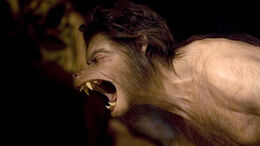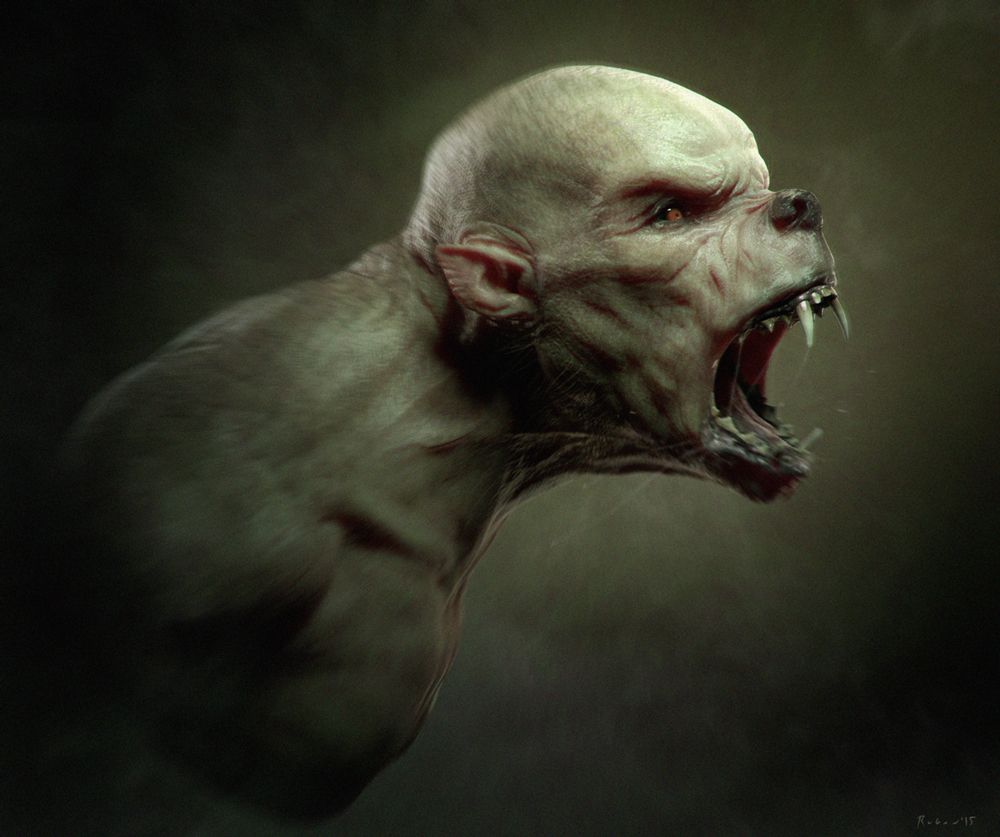Lycanthrope Forms

Lycanthropy gives the human being infected access to new capapbilities, and among these capabilities is the ability to change ones shape, taking on the form of the animal whose lycanthropy the human is infected with.
- Human: Lycanthropes in their human form enjoy enhanced senses, and enhanced or superhuman speed, strength, resilience and healing factor. Their aging process slows down thanks to their regenerative capabilities and they appear to be young vital until their 50's or 60's after which the aging process proceeds normally.
- Animal: The animal shape of the lycanthrope is an exceptional physical specimen of its kind, and is much larger than normal animals of its type. Wererats in their rat-form for instance become the size of dogs, and the larger breeds like tigers and bears become truly massive. While the lycanthrope is wearing its animal form it enjoys full supernatural strength, speed, resilience, senses, endurance and healing factor. The animal form blends the reasoning power of the human mind with the guided drive of animal instincts. Many new lycanthropes however tend to get submerged in the animal until they have better control of themselves. All lycans are compelled, and forced, to shapeshift during the 3 night time span of the full moon.
- Hybrid: Some powerful lycanthropes can take on a hybrid shape which combines aspecsts of both man and beast. Identified as their fighting or "war" form, lycanthropes in this form appear humanoid, standing on their hind legs, but take on characteristics of their animal form such as fur/scales, claws, teeth with distended snouts, etc. Hybrid forms enjoy full supernatural physical capacity, just as if they were in the animal forms.
Shapeshifting Process
"Violet suddenly felt something in her as her anger and adrenaline pulsed through her body like a raving lunatic. She felt the rage from before, trying to rise above her control. Her hands began to elongate and her nails grew to razor sharp knives. She tried to hold back the intense metamorphosis, but the more she let go, the better she felt.Millions of coarse hairs sprouted from her skin and covered her in a dense, white fur. Her eyes dilated and contracted with the effort of balancing light. Her face grew into a furry white snout and her limbs grew to immense sizes, filled with muscle. She looked down at herself. She was a beautiful werewolf. A white werewolf! She tried to laugh, but it came out as small barks. She was expecting black fur instead." ~Kyla Stan, Poet Tongue

The process of shifting for a lycanthrope is unpleasant and extremely painful. Bones break and reform, muscles stretch and morph to the new structure, flesh is torn, and the entire structure of 'self' is remade. The process leaves the newly shifted clean and dry, but the surrounding area and anyone or anything in it is covered in visceral goop that splatters outward when the transformation is complete.
- Accepting the shift rather than fighting it can make the process easier.
- Although long-time lycanthropes can endure the process better, it is still painful and uncomfortable.
Any clothing or other coverings are torn during the change, leaving many lycans to strip ahead of time. Items like belts, scarves, armbands or collars that are wrapped around the body will usually snap if not removed, although stronger materials such as heavy metal chain or silver may cause damage if they do not break or expand.
Shifting is physically draining on the body and mind.
- Energy: Vast amounts of energy are needed, so many lycanthropes eat large quantities of food to sustain themselves, more so before and after shifting.
- Temperature: Lycanthropes tend to have higher body temperatures, maintaining an average temperature that would be considered feverish on a normal human.
- Mental: Lycans must adapt to having and reconcile with their animal essence. Many come to see their animal as a present and separate entity from their human consciousness.
New vs. Experienced Lycanthropes

Because the process is so taxing, every lycanthrope lapses into a coma after a full shift (human to animal and then back to human). Some (who have selected the appropriate powers) are able to minimize the length of the needed recovery period, or delay it for a time, but all will succumb to the shift coma.
New lycanthropes have no control over themselves in animal form. When they are compelled to shift, no matter the catalyst, they do not retain their human consciousness, acting and reacting by instinct alone. They regularly black out and have no memory of anything that occurred during their transformed state, making them extremely dangerous to anything or anyone they perceive as a threat. Over time, with experience, the frequency of black outs decrease and their 'human awareness' increases.
Veteran lycanthropes are able to maintain more of their human consciousness while in animal form, and will remember events that occur in this state unless they enter a frenzy. Whereas newer lycanthropes are wild beasts, the combination of human intelligence and animal instinct of the experienced makes them even more deadly.
Copyright © 2020 - All Rights Reserved - Codex Mythos
Template by OS Templates
